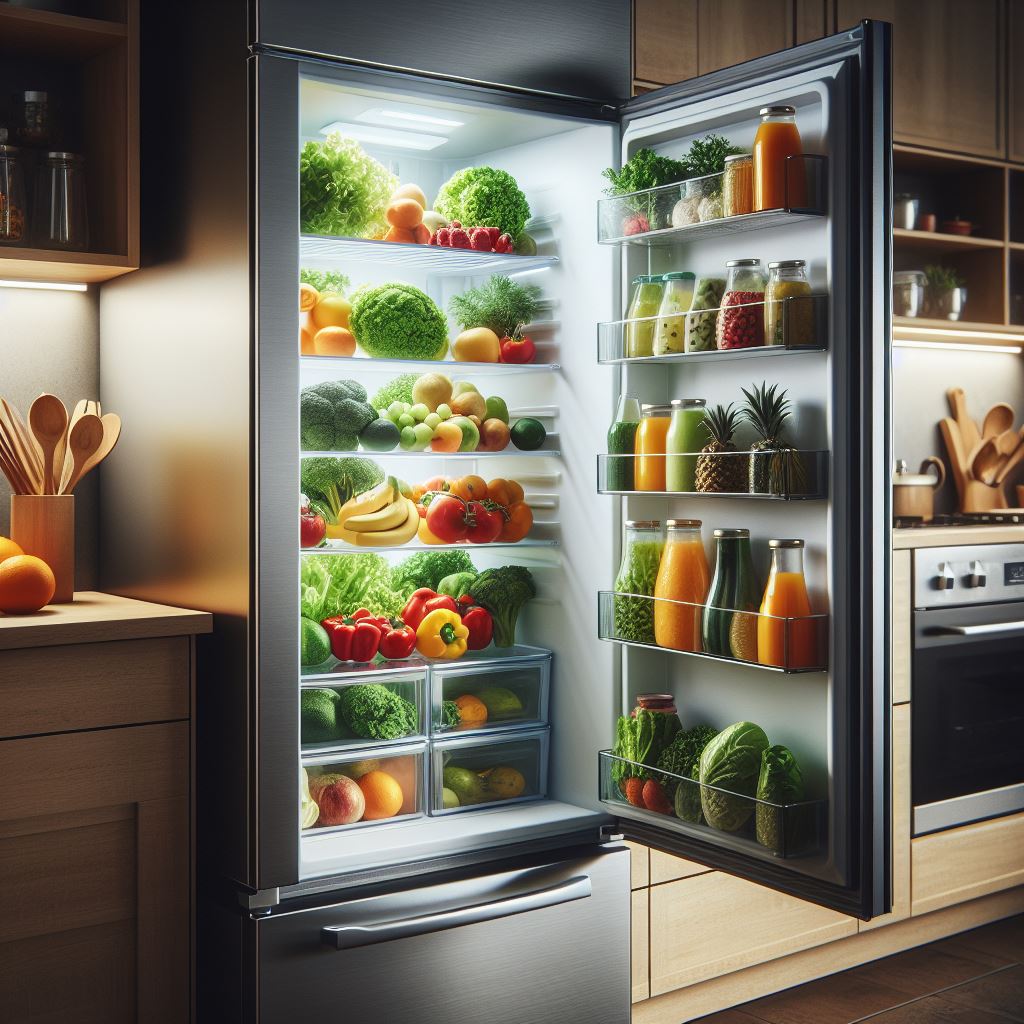Have you noticed a strange taste or odor in your drinking water coming from the refrigerator? It may be time to clean the water line to ensure that you’re getting clean and fresh water every time you pour a glass. Don’t worry, cleaning the refrigerator water line is easier than you think and can be done with simple household items. Keep reading to learn how to keep your water line clean and your water tasting great.
A refrigerator water line is a crucial part of your fridge that allows you to access filtered water and ice easily. However, as time goes on, these water lines can get clogged with mineral deposits, mold, and bacteria, which can lead to a decrease in water flow and potential health hazards. To keep your refrigerator water line clean and free of contaminants, it’s essential to regularly clean and maintain it. Here are some steps to help you clean your refrigerator water line effectively:
1. Turn off the water supply: Before you start cleaning your refrigerator water line, be sure to turn off the water supply to avoid leaks or spills. Locate the shut-off valve, usually found behind the fridge or under the sink.
2. Remove the water line: Depending on your refrigerator model, the water line may be easy to access or hidden behind the fridge. Carefully disconnect the water line from the refrigerator and the water supply line, taking care not to damage the connections.
3. Flush out the water line: Once the water line is disconnected, flush it out with warm water to remove any debris, sediment, or mold that may have built up inside. You can use a funnel or syringe to push water through the line and dislodge any stubborn buildup.
4. Clean the water line with a cleaning solution: After flushing out the water line, create a mixture of equal parts white vinegar and water and pour it into the line. Let it sit for 15-20 minutes to dissolve mineral deposits or bacteria. Then, flush out the line with clean water to remove the cleaning solution.
5. Sanitize the water line: To ensure your refrigerator water line is free of bacteria and mold, sanitize it with a mixture of bleach and water. Mix one tablespoon of bleach for every gallon of water and let the line soak for at least 30 minutes. Rinse thoroughly with clean water to remove any bleach residue.
6. Reconnect the water line: Once clean and sanitized, reconnect the water line to the fridge and water supply. Turn on the water supply and check for leaks. If everything looks good, you can enjoy clean, refreshing water from your fridge.
By following these steps, you can keep your refrigerator water line clean and free of contaminants, providing you with safe drinking water. It’s recommended to clean your water line every six months to maintain optimal performance and prevent health risks. Consult your fridge manual for specific cleaning instructions and seek professional help if needed. Keeping your water line clean ensures you have access to safe and healthy drinking water at all times.
1. How do I clean my refrigerator water line?
– To clean your refrigerator water line, start by turning off the water supply to the fridge. Next, disconnect the water line and use a mixture of warm water and vinegar to flush out any buildup. You can also use a pipe cleaner or brush to scrub the inside of the line before reconnecting it and turning the water supply back on.
2. Why is it important to clean my refrigerator water line?
– Cleaning your refrigerator water line is important to prevent bacteria and mold from growing in the line, which can contaminate your drinking water. Regular cleaning also helps maintain the water quality and prolong the life of your refrigerator’s water filtration system.
3. How often should I clean my refrigerator water line?
– It is recommended to clean your refrigerator water line at least once a year to ensure it stays free of buildup and contaminants. However, if you notice any strange odors or tastes in your water, it may be a sign that the line needs to be cleaned more frequently.
